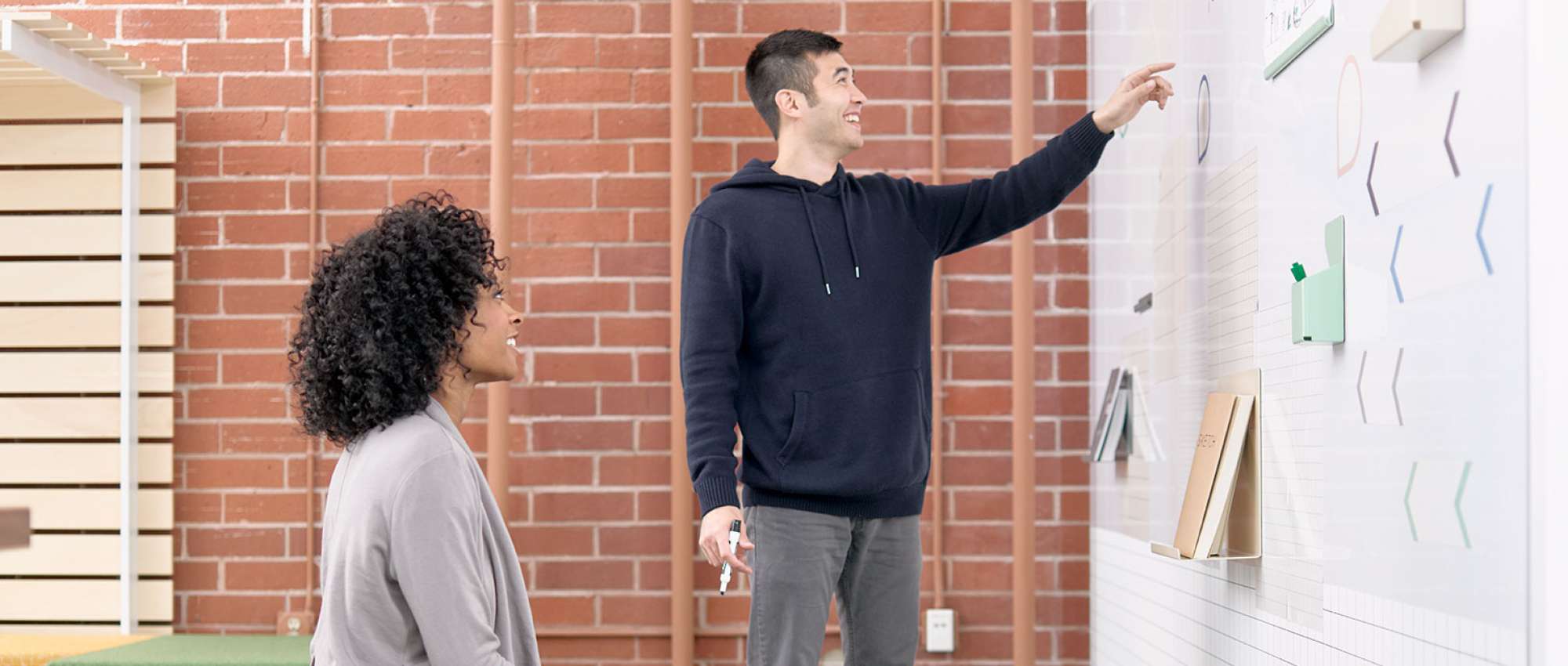Making connections over making the grade

 For much of education’s history, people have seen child prodigies as the pinnacle of success. Society praises and rewards these students for their ability to master complex theories while others their age are just learning the fundamentals. Prodigies often go on to do influential and important things, and people often attribute that success to the mastery of knowledge they’ve gained.
For much of education’s history, people have seen child prodigies as the pinnacle of success. Society praises and rewards these students for their ability to master complex theories while others their age are just learning the fundamentals. Prodigies often go on to do influential and important things, and people often attribute that success to the mastery of knowledge they’ve gained.
Today, the value of sheer mastery is being challenged. In his book, Originals, author Adam Grant sheds light on prodigies and why only some have a lasting impact, Grant argues that while the ability to understand existing knowledge is significant, it’s those who are able to contribute original thought that really change the world. He argues that creativity, not just comprehension, always underlies systemic change in culture, business, and society. In other words, it’s not enough to just understand—change depends on invention.
This idea is new to the way we’ve always thought about education. The education system today results from decades of trying to just help students better understand. The implementation of flexibility, movement, and choice has allowed for more and more individuals to learn in the way best for them. But these innovations still don’t approach the concept of original thinking.
 In Humanizing the Education Machine, Rex Miller and his colleagues trace the development of the modern classroom, showing how societal trends and innovations have brought us to where we are now. Miller then describes examples of how taking an approach centered on empowering students to make new connections can lead to success, both for individuals and entire programs.
In Humanizing the Education Machine, Rex Miller and his colleagues trace the development of the modern classroom, showing how societal trends and innovations have brought us to where we are now. Miller then describes examples of how taking an approach centered on empowering students to make new connections can lead to success, both for individuals and entire programs.
As Grant and Miller suggest, if we focus on students and their needs, we can help our kids to go beyond just mastering material; we can help them think creatively and originally.
All throughout the education system, perceptive teachers, administrators, districts, and universities are already moving in this direction. But it’s not enough—we need deep systemic change. We’re at a key turning point for the whole learning community. It’s time to teach students how to think in a new way: with minds wide open. This simple concept of “minds wide open” calls for a new definition of learning, one that we must support by thinking intentionally as we design the spaces where learning happens.
 We have the opportunity to create learning environments based entirely around imaginative learning with minds wide open. These environments can create opportunities for empowering students to develop a passion for learning, In designing spaces for education we can be part of this change—a change that will inspire the curiosity, innovation, and original thinking our world desperately needs.
We have the opportunity to create learning environments based entirely around imaginative learning with minds wide open. These environments can create opportunities for empowering students to develop a passion for learning, In designing spaces for education we can be part of this change—a change that will inspire the curiosity, innovation, and original thinking our world desperately needs.
As we seek to shape education spaces, we look to innovative schools like North Rowan High School, which renovated to provide a “design lab” model for their school system. North Rowan High School argues that their new, more open and flexible style of learning space forces students to adapt and shape the room according to their needs, therefore capturing the right mindset for creativity and curiosity. Let’s step into the future of education together.





